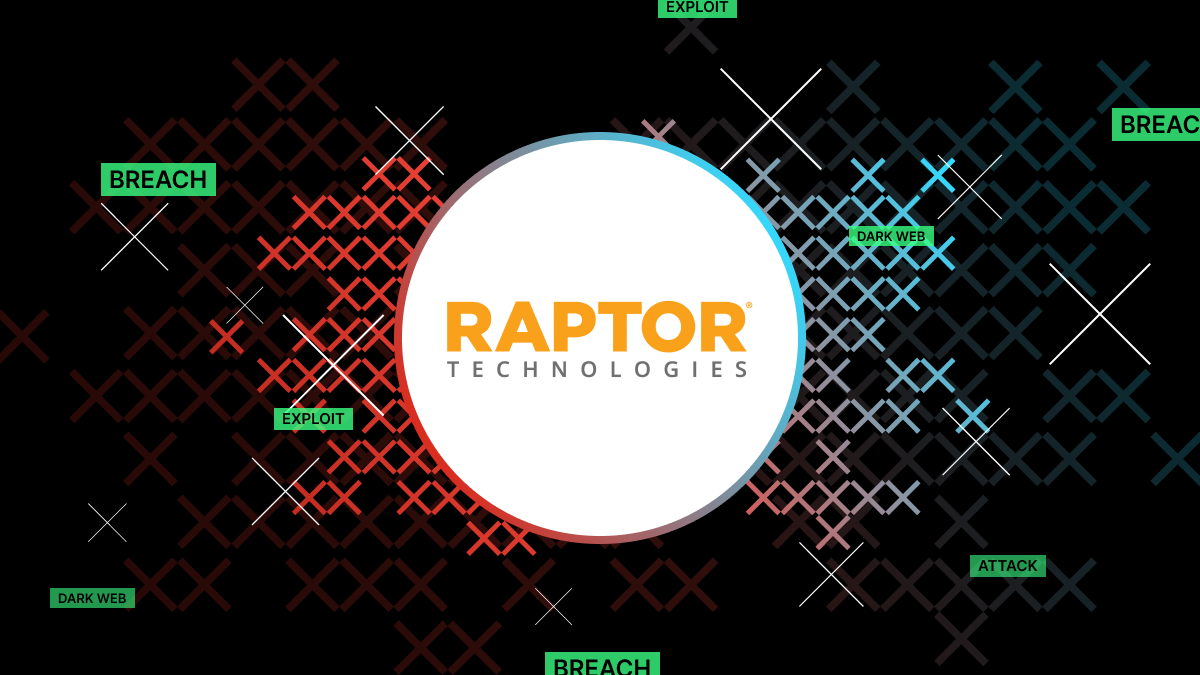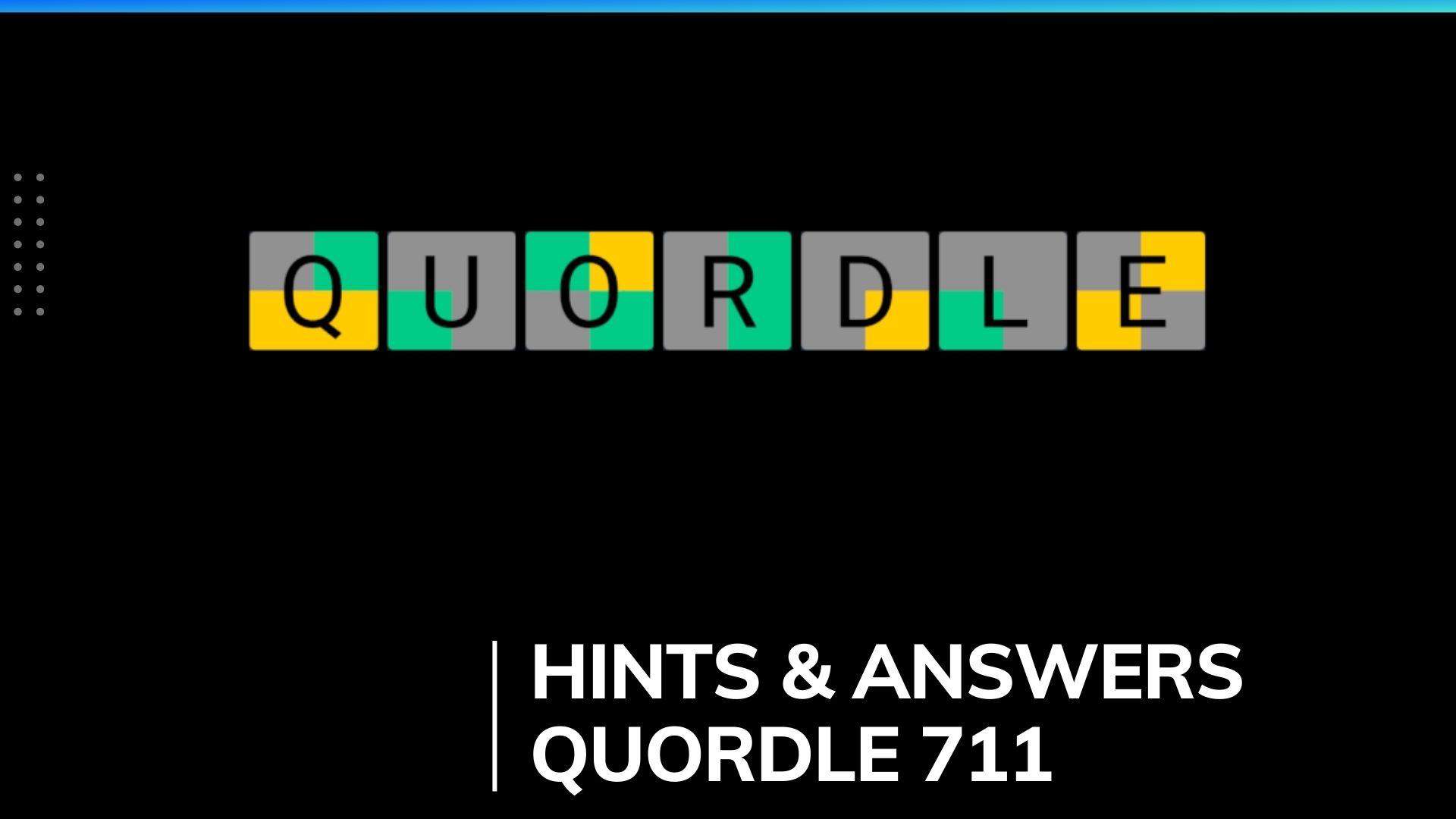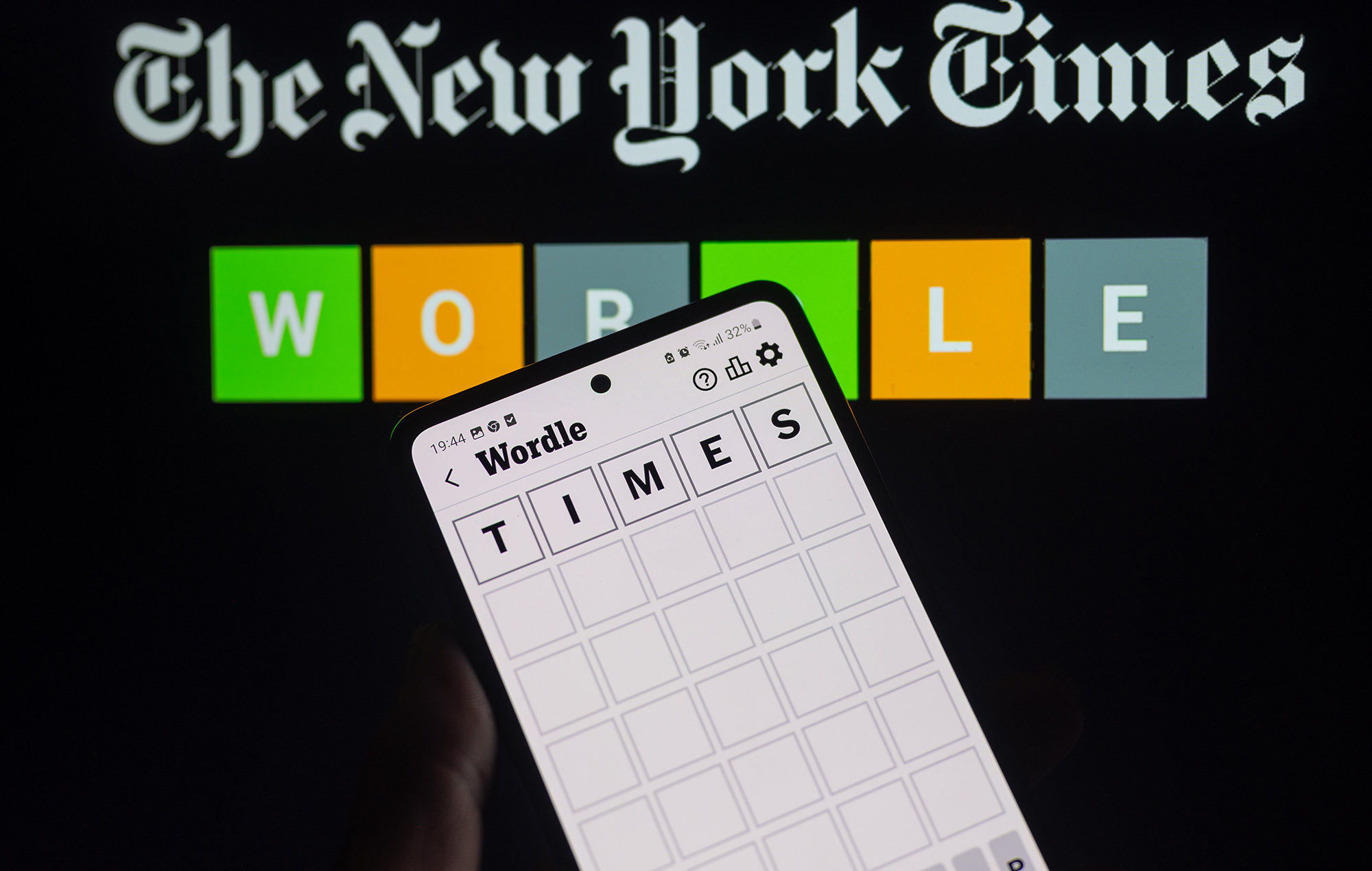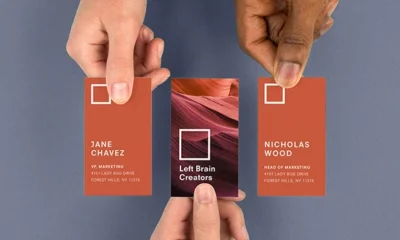Tech
Unraveling Raptor Technologies: Innovations Transforming Industries

Introduction
Raptor Technologies are at the forefront of innovation, leveraging advanced solutions to address various challenges across multiple sectors. From public safety to education and corporate environments, Raptor Technologies has established itself as a leader in enhancing operational efficiency, security, and communication. This article explores the various facets of Raptor Technologies, their applications, benefits, and the future landscape of this dynamic field.
What Are Raptor Technologies?
Raptor Technologies refers to a suite of advanced software and hardware solutions designed to improve organizational efficiency, safety, and communication. The name “Raptor” signifies agility and precision, qualities that are reflected in the technologies developed by the company. Primarily focused on public safety, education, and corporate solutions, Raptor Technologies provides tools that streamline operations and enhance security.
Key Innovations by Raptor Technologies
1. Raptor Technologies Emergency Management System
Raptor Technologies Enhanced Safety Protocols
One of the flagship products of Raptor Technologies is its Emergency Management System, designed to facilitate swift responses during emergencies. This system integrates various functionalities, including real-time alerts, incident reporting, and communication tools, ensuring that organizations can respond effectively to crises.
Raptor Technologies Incident Reporting Tools
The platform allows users to report incidents quickly and efficiently, enabling authorities to assess situations in real time. This feature is particularly beneficial in educational settings, where swift communication can prevent potential threats and safeguard students.
2. Visitor Management Systems
Streamlined Check-In Processes
Raptor’s Visitor Management System revolutionizes how organizations manage visitors. Traditional check-in processes can be time-consuming and prone to errors. However, Raptor’s system simplifies this by automating check-in procedures, allowing for faster processing and improved security.
Background Checks
The system also includes features for conducting background checks on visitors, ensuring that only authorized individuals gain access to facilities. This heightened security is especially critical in schools and institutions where safeguarding students is paramount.
3. Raptor Technologies Alert System
Real-Time Notifications
The Raptor Alert System is designed to provide real-time notifications to staff, students, and parents during emergencies. This system enables organizations to send out alerts via multiple channels, including text messages, emails, and app notifications, ensuring that information reaches individuals promptly.
Customizable Alerts
Organizations can customize alerts based on specific scenarios, from severe weather warnings to lockdown procedures. This flexibility allows for tailored communication strategies, enhancing overall safety and preparedness.
4. Data Analytics and Reporting
Raptor Technologies Insights for Continuous Improvement
Raptor Technologies incorporates data analytics into its solutions, enabling organizations to track incidents, responses, and outcomes. By analyzing this data, organizations can identify trends, evaluate the effectiveness of safety protocols, and implement necessary improvements.
Raptor Technologies Comprehensive Reporting Tools
The reporting features provide comprehensive insights, allowing decision-makers to make informed choices regarding security measures and emergency preparedness. This data-driven approach enhances organizational resilience and safety culture.
Applications of Raptor Technologies
1. Education Sector
Raptor Technologies’ solutions are widely adopted in educational institutions, where safety and security are paramount. The integration of visitor management systems, emergency alerts, and incident reporting tools helps schools create a secure environment for students and staff.
Enhancing Campus Safety
By utilizing Raptor Technologies, schools can efficiently manage visitor access, monitor incidents, and communicate effectively during emergencies. This all-encompassing approach to safety fosters a sense of security within the school community.
2. Corporate Environments
In the corporate sector, Raptor Technologies offers solutions that enhance workplace safety and operational efficiency. The visitor management system is particularly useful for businesses that host clients and vendors regularly.
Streamlined Operations
By automating check-in processes and conducting background checks, companies can focus on their core operations while ensuring a secure environment for employees and visitors alike.
3. Public Safety Agencies
Public safety agencies benefit significantly from Raptor Technologies’ solutions. The Emergency Management System enables first responders to coordinate effectively during crises, ensuring timely responses and resource allocation.
Improved Community Safety
By fostering collaboration between various agencies and organizations, Raptor Technologies enhances community safety and preparedness, ultimately saving lives and resources.
Benefits of Raptor Technologies
1. Enhanced Security
The primary benefit of Raptor Technologies is the enhancement of security across various environments. By implementing advanced visitor management systems and emergency protocols, organizations can significantly reduce risks and threats.
2. Increased Efficiency
Raptor Technologies streamlines various processes, from visitor check-ins to emergency notifications. This increased efficiency allows organizations to allocate resources more effectively and focus on their core missions.
3. Data-Driven Decision Making
With the integration of data analytics, organizations can make informed decisions based on real-time insights. This data-driven approach leads to continuous improvement in safety protocols and operational strategies.
4. Peace of Mind
Raptor Technologies provides peace of mind to organizations, staff, students, and parents. Knowing that robust safety measures are in place fosters confidence and trust within communities.
Challenges in Implementing Raptor Technologies
1. Raptor Technologies Initial Costs
Implementing advanced technologies often requires a significant upfront investment. Organizations may face budget constraints, making it challenging to adopt Raptor Technologies’ solutions fully.
2. Raptor Technologies Training and Adaptation
Adopting new technologies necessitates training staff and users. Organizations must invest time and resources to ensure that all personnel are proficient in using the systems effectively.
3. Data Privacy Concerns
With the collection and storage of sensitive information, organizations must address data privacy concerns. Ensuring compliance with regulations and protecting user data is paramount in maintaining trust.
The Future of Raptor Technologies
1. Integration of Artificial Intelligence
As technology continues to evolve, the integration of artificial intelligence (AI) into Raptor Technologies’ solutions is likely. AI can enhance data analytics, automate processes, and improve decision-making in emergency situations.
2. Raptor Technologies Expansion into New Markets
Raptor Technologies may expand its offerings into new markets, including healthcare and transportation. The versatility of their solutions can address safety and operational challenges in various industries.
3. Raptor Technologies Continuous Innovation
Raptor Technologies is committed to continuous innovation, regularly updating its solutions to meet the changing needs of users. By staying ahead of technological advancements, they can maintain their position as leaders in the field.
Case Studies: Success Stories
1. School District Implementation
A school district that implemented Raptor Technologies’ Visitor Management System reported a significant reduction in unauthorized access incidents. By automating check-ins and conducting background checks, the district enhanced safety for students and staff.
2. Corporate Office Adoption
A corporate office adopted Raptor’s Emergency Management System and experienced improved communication during a crisis. The ability to send real-time alerts ensured that all employees were informed and safe during a severe weather event.
Conclusion
Raptor Technologies is at the forefront of innovation, providing advanced solutions that enhance safety, efficiency, and communication across various sectors. From education to corporate environments and public safety agencies, their technologies are transforming how organizations manage security and emergency preparedness.
As we look to the future, the integration of AI, continuous innovation, and expansion into new markets will further solidify Raptor Technologies’ position as a leader in this dynamic field. By addressing the challenges of implementation and prioritizing user training and data privacy, Raptor Technologies can continue to foster safe environments and improve operational efficiency.
In a world where safety and security are paramount, Raptor Technologies stands as a beacon of innovation, dedicated to empowering organizations and communities to navigate challenges with confidence and resilience.
Tech
Mastering quordle hint: Tips, Tricks, and Hints for Success

Introduction
quordle hint has emerged as one of the most engaging word games available today, capturing the attention of puzzle enthusiasts and casual gamers alike. Combining elements of strategy, vocabulary, and quick thinking, Quordle challenges players to guess four five-letter words simultaneously. If you’re looking to sharpen your skills and enhance your gameplay, this comprehensive guide provides valuable hints, strategies, and insights to help you become a Quordle master.
Understanding quordle hint Mechanics
Before diving into specific quordle hint and strategies, it’s essential to grasp how Quordle works. Here’s a quick overview of the game mechanics:
- Four Words: Unlike traditional word games, Quordle requires players to guess four five-letter words in nine attempts.
- Color-Coded Feedback: After each guess, Quordle provides feedback using different colors:
- Green: The letter is correct and in the right position.
- Yellow: The letter is in the word but in a different position.
- Gray: The letter is not in the word at all.
- Simultaneous Guesses: All four words are displayed simultaneously, making it crucial to manage your guesses wisely.
Understanding these mechanics is vital for developing effective strategies.
Best First Words for quordle hint
Choosing the right starting word can significantly impact your success in Quordle. Here are some effective strategies for selecting your first guess:
1. Use Vowel-Rich Words
Starting with a word that includes multiple vowels can help you quickly identify letters in the target words. Words like “audio,” “adieu,” or “ouija” are excellent choices as they contain several vowels.
2. quordle hint Incorporate Common Consonants
In addition to vowels, try to include common consonants such as R, T, N, S, and L. A word like “stern” or “crane” can help you uncover valuable information about the target words.
3. Avoid Rare Letters
Steer clear of less common letters like X, Q, and Z in your initial guesses. Focusing on frequently used letters increases your chances of hitting something in the target words.
Analyzing Feedback: Responding to quordle hint
Once you’ve made your initial guess, it’s time to analyze the feedback. Understanding how to interpret the colors can significantly improve your gameplay.
1. quordle hint Focus on Green Letters
If you receive green feedback for certain letters, prioritize those in your subsequent guesses. If your guess was “crane” and the C is green, your next word should include C in the same position.
2. quordle hint Rearranging Yellow Letters
For yellow letters, try rearranging them in your next guesses. If you guessed “flame” and the letter A turned yellow, consider placing A in different positions in your next guess.
3. quordle hint Elimination Strategy
Use gray letters to eliminate possibilities. If your guess reveals that certain letters aren’t in the word, avoid using them in future guesses. This process of elimination can narrow down your options significantly.
Advanced quordle hint Strategies
Once you’ve grasped the basics, consider implementing more advanced strategies to enhance your gameplay.
1. Pattern Recognition
Over time, you may notice patterns in word structure. Familiarizing yourself with common prefixes (like “un-“ or “re-“) and suffixes (like “-ing” or “-ed”) can help you guess more effectively.
2. Use Word Lists
Having a mental or physical list of five-letter words can be beneficial. Consider keeping a list of words that fit specific criteria, such as those that contain certain letters or follow specific patterns.
3. Limit Your Guesses
While it may be tempting to guess randomly, limiting your options based on previous feedback is crucial. If you already know certain letters are not in the word, focus your guesses on words that exclude those letters.
The Importance of Context in quordle hint
Understanding the context of Quordle can give you an edge. The game may feature words that are culturally or thematically relevant. Staying aware of current events, popular culture, or trending topics can provide clues about potential target words.
1. quordle hint Seasonal Words
During holidays or special events, Quordle may lean toward seasonal words. For example, around Christmas, you might encounter words like “snowy” or “festive.” Keeping this in mind can guide your guesses.
2.quordle hint Trending Topics
Popular culture can also influence the target words. If a particular movie, song, or trend is gaining attention, consider that it might appear in the game. Staying updated on current trends can provide an advantage.
Common Pitfalls to Avoid
Even seasoned players can fall into traps. Here are some common pitfalls to watch out for:
1. Overthinking
Sometimes players overanalyze feedback and become paralyzed by indecision. Trust your instincts and remember that Quordle is meant to be fun. Make a guess based on the best information available and move forward.
2. Ignoring Feedback
Failing to fully utilize the feedback from previous guesses can hinder your progress. Always refer back to what you’ve learned from green, yellow, and gray letters when making your next guess.
3. Rushing the Game
While there’s no time limit in Quordle, rushing can lead to poor decisions. Take your time to think through your guesses, analyze feedback, and consider the possibilities.
Practicing with Daily quordle hint Challenges
To improve your Quordle skills, consistent practice is key. Engaging with the daily Quordle challenge can help you refine your strategies and build familiarity with common letter patterns. Here are some tips for making the most of your daily Quordle practice:
1. Analyze Your Performance
After completing the daily puzzle, take a moment to analyze your performance. Reflect on the strategies that worked well and those that didn’t. Learning from each game will help you improve over time.
2. Share with Friends
Playing Quordle with friends can add a competitive element to the game. Share your results and discuss strategies with each other. This collaborative approach can provide new insights and techniques.
3. Explore Variations
Consider exploring variations of Quordle, such as Dordle (guessing two words at once) or Octordle (guessing eight words). These variations can provide additional challenges and enhance your skills.
Building Vocabulary for quordle hint
A rich vocabulary can significantly improve your Quordle performance. Here are some effective ways to expand your word knowledge:
1. Word Games
Engaging with other word games like Scrabble, Boggle, or crossword puzzles can help enhance your vocabulary. These games challenge you to think critically about word structure and usage.
2. Reading Widely
Reading diverse materials—books, articles, blogs—can expose you to new words and phrases. Make a habit of jotting down unfamiliar words and looking up their meanings.
3. Use Vocabulary Apps
There are numerous apps designed to help users build their vocabulary. Consider using apps that offer word of the day features or vocabulary quizzes to enhance your linguistic skills.
Conclusion: Becoming a quordle hint
In summary, mastering Quordle requires a combination of strategic thinking, pattern recognition, and effective use of feedback. By starting with the right words, analyzing your guesses, and employing advanced strategies, you can significantly improve your chances of success.
Remember to stay aware of cultural contexts and trends, practice consistently, and avoid common pitfalls. Whether you’re a casual player or a dedicated enthusiast, the journey to becoming a Quordle master is both rewarding and enjoyable.
So, go ahead, take on the challenge, and enjoy the thrill of the game. With these tips and strategies in hand, you’re well on your way to solving the daily Quordle puzzle with confidence and skill! Happy guessing!
Tech
Mastering nyt wordle hint: Your Ultimate Guide to Hints and Strategies

Introduction
nyt wordle hint has taken the world by storm, captivating puzzle enthusiasts and casual gamers alike. This simple yet addictive word game challenges players to guess a five-letter word within six tries, providing feedback along the way. If you’re looking to improve your game and increase your chances of success, this article offers valuable hints, strategies, and insights to help you become a Wordle master.
Understanding nyt wordle hint Mechanics
Before diving into specific nyt wordle hint and strategies, it’s essential to understand how Wordle works. Here’s a quick overview of the game mechanics:
- Five-Letter Words: Each puzzle consists of a five-letter target word.
- Guesses and Feedback: After each guess, letters may turn:
- Green: The letter is in the correct position.
- Yellow: The letter is in the word but in the wrong position.
- Gray: The letter is not in the word at all.
- Six Attempts: Players have six tries to guess the word correctly.
Understanding these mechanics is crucial for developing effective strategies.
nyt wordle hint Starting Off: Best First Words
Choosing the right starting word can set the tone for your entire Wordle game. Here are some effective strategies for selecting your first guess:
1.nyt wordle hint Use Vowels Wisely
Starting with a word that includes multiple vowels can help you quickly identify the letters in the target word. Words like “audio,” “adieu,” or “ouija” are excellent choices as they contain several vowels.
2.nyt wordle hint Include Common Consonants
In addition to vowels, try to include common consonants such as R, T, N, S, and L. A word like “stone” or “crane” can help you uncover valuable information about the target word.
3. Avoid Rare Letters
Steer clear of less common letters like X, Q, and Z in your initial guesses. Focusing on more frequently used letters increases your chances of hitting something in the target word.
Analyzing Feedback: Responding to nyt wordle hint
Once you’ve made your initial guess, it’s time to analyze the feedback. Understanding how to interpret the colors can significantly improve your gameplay.
1.nyt wordle hint Focus on Green Letters
If you receive green feedback for certain letters, prioritize those in your subsequent guesses. For example, if your guess was “crane” and the R is green, your next word should include R in the same position.
2. Rearranging Yellow Letters
For yellow letters, try rearranging them in your next guesses. If you guessed “flame” and the letter A turned yellow, consider placing A in different positions in your next guess.
3. Elimination Strategy
Use gray letters to eliminate possibilities. If your guess reveals that certain letters aren’t in the word, avoid using them in future guesses. This process of elimination can narrow down your options significantly.
Advanced nyt wordle hint Strategies
Once you’ve grasped the basics, consider implementing more advanced strategies to enhance your gameplay.
1. Pattern Recognition
Over time, you may notice patterns in word structure. For instance, certain letter combinations are more common in English. Familiarizing yourself with common prefixes (like “un-“ or “re-“) and suffixes (like “-ing” or “-ed”) can help you guess more effectively.
2. Use Word Lists
Having a mental or physical list of five-letter words can be beneficial. Consider keeping a list of words that fit specific criteria, such as those that contain certain letters or follow specific patterns.
3. nyt wordle hint Limit Your Guesses
While it may be tempting to guess randomly, limiting your options based on previous feedback is crucial. If you already know certain letters are not in the word, focus your guesses on words that exclude those letters.
The Role of Context: Cultural and Thematic Considerations
Sometimes, understanding the context of Wordle can give you an edge. The game occasionally features words that are culturally or thematically relevant. Staying aware of current events, popular culture, or trending topics can provide clues about potential target words.
1. Seasonal Words
During holidays or special events, Wordle may lean toward seasonal words. For example, around Halloween, you might encounter words like “ghost” or “candy.” Keeping this in mind can guide your guesses.
2. Trending Topics
Popular culture can also influence the target words. If a particular movie, song, or trend is gaining attention, consider that it might appear in the game. Staying updated on current trends can provide an advantage.
Common Pitfalls to Avoid
Even seasoned players can fall into traps. Here are some common pitfalls to watch out for:
1.nyt wordle hint Overthinking
Sometimes players overanalyze feedback and become paralyzed by indecision. Trust your instincts and remember that Wordle is meant to be fun. Make a guess based on the best information available and move forward.
2. Ignoring Feedback
Failing to fully utilize the feedback from previous guesses can hinder your progress. Always refer back to what you’ve learned from green, yellow, and gray letters when making your next guess.
3. Rushing the Game
While time limits do not exist in Wordle, rushing can lead to poor decisions. Take your time to think through your guesses, analyze feedback, and consider the possibilities.
Practicing with Daily nyt wordle hint
To improve your Wordle skills, consistent practice is key. Engaging with the daily Wordle challenge can help you refine your strategies and build familiarity with common letter patterns. Here are some tips for making the most of your daily Wordle practice:
1. Analyze Your Performance
After completing the daily puzzle, take a moment to analyze your performance. Reflect on the strategies that worked well and those that didn’t. Learning from each game will help you improve over time.
2. Share with Friends
Playing Wordle with friends can add a competitive element to the game. Share your results and discuss strategies with each other. This collaborative approach can provide new insights and techniques.
3. Explore Variations
Consider exploring variations of Wordle, such as Quordle (guessing four words at once) or Octordle (guessing eight words). These variations can provide additional challenges and enhance your skills.
Conclusion: Becoming a Wordle Master
In summary, mastering Wordle requires a combination of strategic thinking, pattern recognition, and effective use of feedback. By starting with the right words, analyzing your guesses, and employing advanced strategies, you can significantly improve your chances of success.
Remember to stay aware of cultural contexts and trends, practice consistently, and avoid common pitfalls. Whether you’re a casual player or a dedicated enthusiast, the journey to becoming a Wordle master is both rewarding and enjoyable.
So, go ahead, take on the challenge, and enjoy the thrill of the game. With these tips and strategies in hand, you’re well on your way to solving the daily Wordle puzzle with confidence and skill! Happy guessing!
Tech
Understanding Cranial Technologies: Innovations in Neuroscience and Health

Introduction
Cranial technologies are revolutionizing the fields of neuroscience, healthcare, and rehabilitation. As we delve deeper into understanding the human brain and its complexities, innovative tools and techniques are emerging to enhance diagnosis, treatment, and recovery. This article explores the various aspects of cranial technologies, their applications, benefits, and the future landscape of this exciting field.
What Are Cranial Technologies?
Cranial technologies encompass a wide range of devices and methods designed to study, diagnose, and treat conditions related to the brain and cranial structures. These technologies include imaging techniques, neurostimulation devices, cranial implants, and software applications that aid in brain health assessment. The goal of these technologies is to improve patient outcomes, enhance understanding of neurological disorders, and provide better rehabilitation solutions.
Key Innovations in Cranial Technologies
1. Cranial Technologies Advanced Imaging Techniques
Cranial Technologies Magnetic Resonance Imaging (MRI)
MRI is one of the most widely used imaging techniques in cranial technologies. It provides high-resolution images of the brain’s structure and is essential for diagnosing conditions such as tumors, strokes, and neurodegenerative diseases. Recent advancements in MRI technology, like functional MRI (fMRI), allow researchers to observe brain activity in real time by measuring blood flow changes, providing insights into brain function and connectivity.
Computed Tomography (CT)
CT scans are another critical imaging tool in cranial technologies. They utilize X-ray technology to create detailed cross-sectional images of the brain. CT scans are particularly valuable in emergency situations, as they can quickly identify bleeding, fractures, or other acute conditions. The integration of artificial intelligence (AI) in CT imaging is enhancing diagnostic accuracy and speed.
2. Cranial Technologies Neurostimulation Devices
Transcranial Magnetic Stimulation (TMS)
TMS is a non-invasive procedure that uses magnetic fields to stimulate nerve cells in the brain. It is primarily used to treat depression and anxiety disorders, especially in patients who do not respond to traditional treatments. By modulating neural activity, TMS can help improve mood and cognitive function, making it a valuable tool in mental health care.
Deep Brain Stimulation (DBS)
DBS involves implanting electrodes in specific brain regions to regulate abnormal brain activity. It is commonly used to treat conditions such as Parkinson’s disease, epilepsy, and obsessive-compulsive disorder (OCD). The ability to adjust the stimulation parameters remotely allows for personalized treatment plans, significantly improving patient quality of life.
3. Cranial Technologies Implants
Cranial implants are increasingly being used in neurosurgery to replace or repair damaged skull sections. These implants can be made from various materials, including titanium and biocompatible polymers, ensuring compatibility with the human body. Advanced manufacturing techniques, such as 3D printing, enable the creation of custom implants tailored to individual patients, improving surgical outcomes and recovery times.
4. Cranial Technologies Wearable Brain Monitoring Devices
The rise of wearable technology has extended into cranial technologies, with devices designed to monitor brain activity and health in real time. These wearables can track parameters such as EEG (electroencephalogram) signals, heart rate variability, and stress levels. By providing continuous data, these devices can help identify patterns related to neurological disorders and enhance the management of conditions like epilepsy and migraines.
Applications of Cranial Technologies
1. Neurological Disorder Diagnosis and Management
Cranial technologies play a crucial role in diagnosing and managing various neurological disorders, including:
- Alzheimer’s Disease: Advanced imaging techniques like PET scans enable early detection of Alzheimer’s by identifying amyloid plaques and tau tangles in the brain.
- Multiple Sclerosis: MRI is vital in diagnosing and monitoring the progression of multiple sclerosis by visualizing lesions in the brain and spinal cord.
- Stroke: Rapid imaging and monitoring technologies facilitate quick diagnosis and treatment, significantly improving patient outcomes.
2. Mental Health Treatment
The integration of neurostimulation devices and innovative therapies is transforming mental health treatment. For instance, TMS has shown promise in treating depression and anxiety, providing a non-invasive alternative to medication. The ability to tailor treatments based on individual brain activity patterns enhances therapeutic effectiveness.
3. Rehabilitation and Recovery
Cranial technologies are also instrumental in rehabilitation following brain injuries or surgeries. Techniques such as neurofeedback, which trains patients to regulate their brain activity, can aid in recovery from traumatic brain injuries (TBIs) and strokes. These technologies promote neural plasticity, helping the brain adapt and recover.
Benefits of Cranial Technologies
1. Improved Diagnostic Accuracy
Cranial technologies enhance the accuracy of diagnoses, allowing healthcare professionals to identify conditions earlier and more precisely. Advanced imaging techniques and AI algorithms help in detecting subtle changes in brain structure and function, leading to timely interventions.
2. Personalized Treatment Plans
The ability to tailor treatments to individual patients is one of the most significant benefits of cranial technologies. Neurostimulation devices can be adjusted based on real-time data, ensuring that patients receive optimal care. Custom cranial implants and wearables further enhance this personalization, improving treatment adherence and outcomes.
3. Enhanced Patient Experience
Cranial technologies contribute to a more positive patient experience by offering non-invasive treatment options and reducing recovery times. Patients can benefit from innovative therapies that minimize discomfort and lead to faster returns to daily activities.
Challenges in Cranial Technologies
1. Cost and Accessibility
While cranial technologies offer numerous benefits, their cost can be a barrier to access for many patients. Advanced imaging and neurostimulation devices can be expensive, limiting their availability in certain regions or for specific populations. Efforts to reduce costs and improve accessibility are crucial for wider adoption.
2. Ethical Considerations
The rapid advancement of cranial technologies raises ethical concerns regarding data privacy, consent, and the potential for misuse. Ensuring that patients’ data is protected and that ethical guidelines are followed in research and clinical applications is essential to maintain trust in these technologies.
3. Ongoing Research and Development
Cranial technologies are an evolving field, requiring continuous research and development to address emerging challenges and improve existing solutions. Collaboration between researchers, healthcare providers, and technology developers is vital for advancing the field and ensuring that innovations translate into effective clinical applications.
The Future of Cranial Technologies
1. Integration of Artificial Intelligence
The future of cranial technologies will likely see increased integration of AI and machine learning. These technologies can analyze vast amounts of data from imaging, neurostimulation, and wearables, enabling more accurate diagnoses and personalized treatment plans. AI-driven insights can help identify patterns in brain activity that may not be apparent to human observers, enhancing our understanding of neurological conditions.
2. Expansion of Wearable Technologies
As wearable technology continues to advance, we can expect more sophisticated brain-monitoring devices to emerge. These wearables will provide real-time data on brain health, allowing for proactive management of neurological disorders. The convenience of wearables will empower patients to take an active role in their health, leading to better outcomes.
3. Focus on Preventative Care
Cranial technologies will increasingly focus on preventative care, emphasizing early detection and intervention. By leveraging advanced imaging and monitoring tools, healthcare providers can identify risk factors and implement strategies to prevent the onset of neurological disorders. This proactive approach will not only improve patient outcomes but also reduce healthcare costs in the long run.
Conclusion
Cranial technologies are at the forefront of innovation in neuroscience and healthcare, offering remarkable advancements in diagnosis, treatment, and rehabilitation. As we continue to explore the complexities of the human brain, these technologies will play an increasingly vital role in improving patient care and outcomes.
With ongoing research, integration of artificial intelligence, and a focus on preventative care, the future of cranial technologies holds great promise. By addressing current challenges and embracing new opportunities, we can enhance our understanding of the brain and provide better solutions for those affected by neurological disorders. As we move forward, the collaboration between researchers, clinicians, and technology developers will be essential in shaping the future of cranial technologies, ultimately leading to a healthier and more informed society.
-

 Business7 days ago
Business7 days agoThe Importance of Business Card Holders: A Comprehensive Guide
-

 Business6 days ago
Business6 days agoUnderstanding Apple Business Manager: A Comprehensive Guide
-

 Business6 days ago
Business6 days agoUnderstanding the Business for Sale Market: A Comprehensive Guide
-

 Sports6 days ago
Sports6 days agoThe Iconic Sport Peppers: A Culinary Delight in Chicago’s Food Scene
-

 Beauty Contest Games7 days ago
Beauty Contest Games7 days agoThe Allure of Rare Beauty: Celebrating Uniqueness in a World of Conformity
-

 Beauty Contest Games6 days ago
Beauty Contest Games6 days agoUnveiling the True Beauty Glow: A Comprehensive Guide
-

 Business6 days ago
Business6 days agoThe Whiskey Business: An In-Depth Exploration of a Timeless Industry
-

 Business6 days ago
Business6 days agoThe Impact of MOO Business Cards: Elevating Professional Branding





